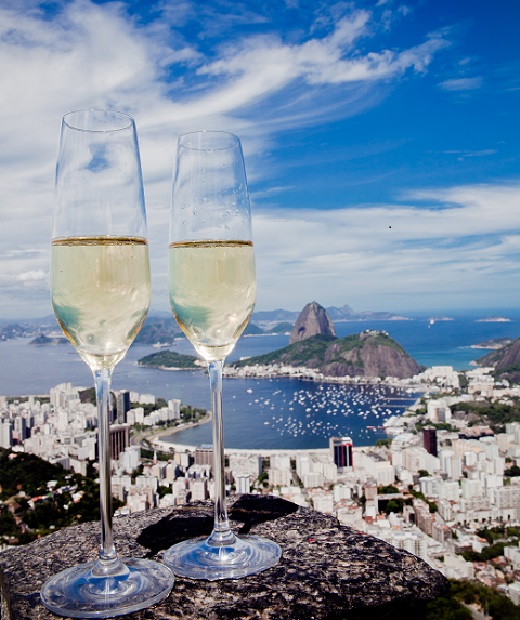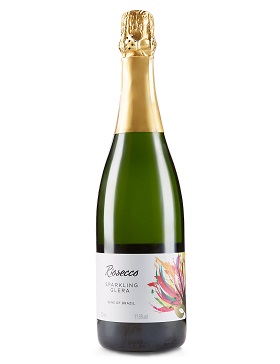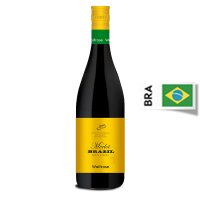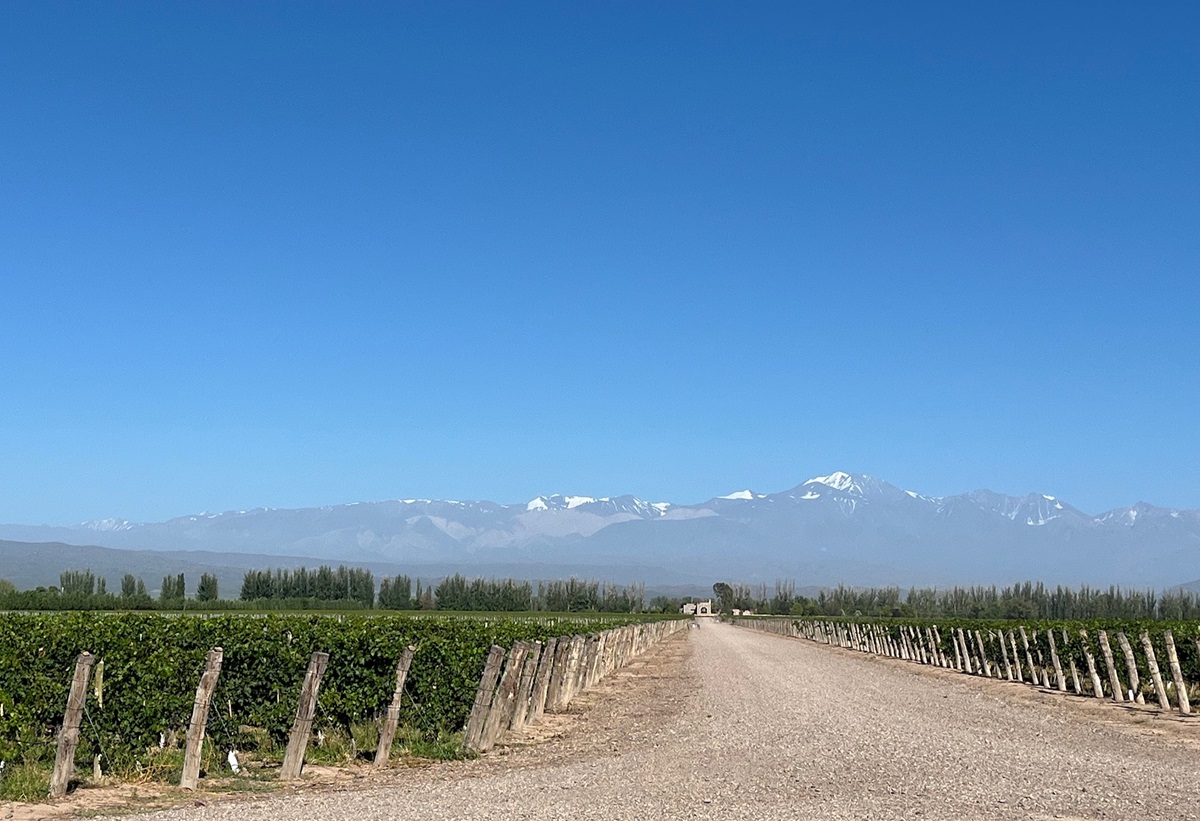GO BRAZILIAN

By Rose Murray Brown MW Published in The Scotsman 20 August 2016
In celebration of the Rio Olympics, we are going all Brazilian this week – bringing you our own horde of medal winners from the Brazilian heats:
SPARKLING WHITE
 Serra Gaucha: RIOSECCO SPARKLING GLERA NV ***GOLD MEDAL***
Serra Gaucha: RIOSECCO SPARKLING GLERA NV ***GOLD MEDAL***
(£6 Marks & Spencer)
Clever packaging and name pun – Brazil’s answer to Prosecco from the same grape as Italy’s Prosecco (Glera) grape which has been successfully grown in South America. Light peachy aromas, vibrant mousse, just a gentle touch of sweetness and finishing dry – made exclusively for M&S by Gregorio Salton of Salton winery – popular with our tasters. Brazilians love their fizz – and it’s the best in South America to date: 11.5%
Vale do San Francisco: COCONOVA BRUT NV
(£7 Marks & Spencer)
Drier and crisper, this fizz sprinted well with its peachy rounded style, but fell at the final hurdle with our tasters. A blend of Sauvignon Blanc, Chenin Blanc & Verdejo, made in ‘cuvee close’ method (as is the Riosecco above) rather than the ‘traditional’ Champagne method – more enticing on the label than the taste for our tasters: 12%
SPARKLING ROSE
Serra Gaucha: AURORA MOSCATO ROSE NV ***BRONZE MEDAL***
(£9.99 www.slurp.co.uk; SH Jones )
Simple and sweet was the verdict from our tasters. This Asti-style blend of Moscato Hamburgo and Moscato Bianco is sure to appeal to those with a sweet tooth. Just like a frothy foamy Italian fizz with pretty floral, fruity and a light delicate touch – note the very low alcohol – serve with apple pie or tiramasu: 7.5%
WHITE WINE
Campanha: ARAUCARIA RIESLING PINOT GRIGIO 2015 Miolo ***SILVER MEDAL***
(£7 Marks & Spencer)
Crisp pear, white flowers and greengage flavours – a clever blend of 70% aromatic floral Riesling and 30% zippy Pinot Grigio made by Miguel Almeida at Miolo winery – popular with our tasters: 12.5%
Serra Gaucha: WAITROSE BRAZILIAN CHARDONNAY 2015
(£8.79 Waitrose)
A touch rubbery and baked fruit on aroma, soft smooth rounded palate is better, disappointingly short on the finish: 12%
Vale dos Vinhedos: CASA VALDUGA LEOPOLDINA CHARDONNAY 2013 ***GOLD MEDAL***
(£13.49 Waitrose)
My money is on Casa Valduga as my favourite winery – this Chardonnay is well balanced, with good fruit integration, depth and high scorer amongst our tasters who praised its balanced use of oak (20% oaked) – sadly seems to be hard to get hold of: 13.5%
RED WINE
Vale dos Vinhedos: CASA VALDUGA LEOPOLDINA CABERNET SAUVIGNON/MERLOT/CABERNET FRANC 2011 ***SILVER MEDAL***
(£13.49 Waitrose)
Merlot has potential in Brazil – and Casa Valduga’s mature Bordeaux blend shows this. They do struggle to ripen Cabernets in some humid vintages, but this has warm baked blackcurrant and plum aromas, a touch of vanilla, a touch too much acidity on the finish – but considering its origin shows potential: 13%
 Serra Gaucha: WAITROSE BRAZILIAN MERLOT 2013
Serra Gaucha: WAITROSE BRAZILIAN MERLOT 2013
(£6.59 reduced from £8.79 Waitrose until 31 August)
Acceptable, but not as juicy and plummy as a Chilean equivalent. It has cherry fruits smoky red was a favourite pick with a couple of our tasters: 12%
Campanha: MIOLO RIQUEZA RESERVA PINOT NOIR 2014
(£11.99 Waitrose)
Very light, smooth sweet rounded Pinot Noir with surprisingly fine tannins; it might not be a patch on Burgundy – and quite pricey at over £10 – but very interesting to see Brazil’s potential as they have a lot of Pinot Noir planted: 13%
QUICK GUIDE TO BRAZIL'S WINE REGIONS
Rio Grande do Sul
Serra Gaucha : Wet humid area in Rio Grande do Sul – twice as wet as Bordeaux – first planted in 1785 by Italian immigrants who loved the Tuscan-style landscape; Merlot most promising here. Vale dos Vinhedos subzone is Brazil’s best quality region to date
Campanha : Now called Fronteira – in far south on Uruguay border with lower rainfall, less fertile sandy soils
Serra do Sudeste: Neighbour to Campanha in southeast – dry climate
Santa Catarina
Planalto Catarinense : Highest and coolest makes icewine from frozen grapes; potential for Pinot Noir and Sauvignon Blanc
Rio do Sao Francisco : Hot arid northeasterly region – Moscatel popular here, Syrah looks promising
 KEY FACTS ON BRAZILIAN WINE:
KEY FACTS ON BRAZILIAN WINE:
5th largest producer in Southern Hemisphere
3rd largest producer in South America (after Chile & Argentina)
1532 first vines planted
1,162 wineries (but only 16 export to UK)
Chardonnay: most planted white grape
Cabernet Sauvignon: most planted red grape
89,000 hectares of vineyards (only 10% with classic vinifera grapes)
38% of Brazilian wines are sparkling
20.6 million bottles of fizz produced in Brazil
Join Rose’s Fine Bordeaux & Loire Masterclass on Thursday 8 September at The Royal Scots Club, Abercromby Place, Edinburgh £42 www.rosemurraybrown.com
wine tastings
The perfect gift for the wine enthusiast in the family. Rose does In-person tastings too.
cellar advice
Rose does cellar valuations for private clients, valuations for insurers & bespoke portfolio management.
Related stories
March 31, 2024
By Rose Murray Brown MW Published in The Scotsman 30 March 2024 On 2 February 1659, the first wine made from grapes grown in South Africa was crafted by the Governor of the Cape, Jan van Riebeeck. He had planted vines four years earlier in the Company’s Garden near Cape Town from cuttings imported from France. Van Riebeeck’s first
March 24, 2024
By Rose Murray Brown MW Published in The Scotsman 16 March 2024 Heatwaves and bushfires were very much on the agenda when I visited Chile last month as winemakers prepared for their 2024 harvest in blistering heat and drought, with a plume of smoke from the devastating fires lingering over coastal hills. Heat and drought are the greatest challenges
March 23, 2024
By Rose Murray Brown MW Published in The Scotsman 9 March 2024 I have two glasses of Malbec in my hands from the same high-altitude vineyard in Uco valley in Argentina. I am in the Catena Institute of Wine in Mendoza with winemaker Agustin Silva. He has asked me to taste the two wines, both from the 1500m high



